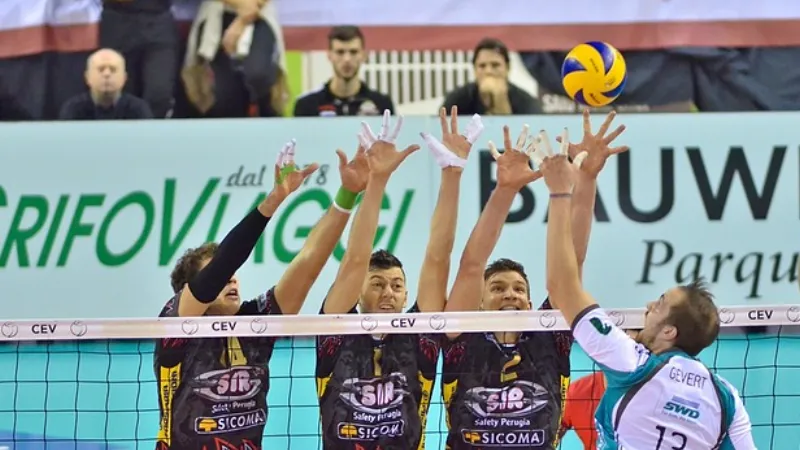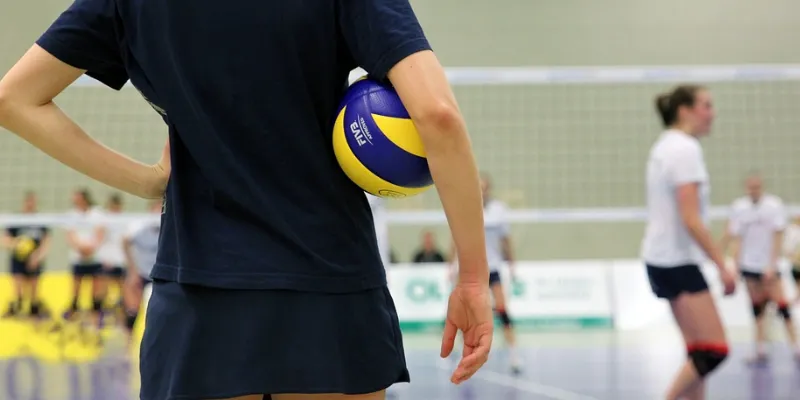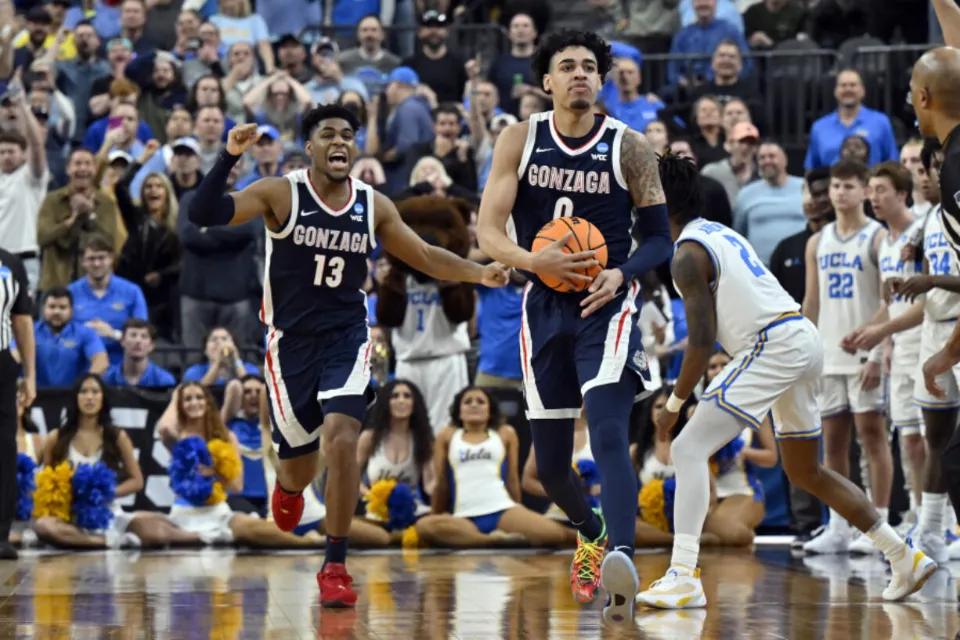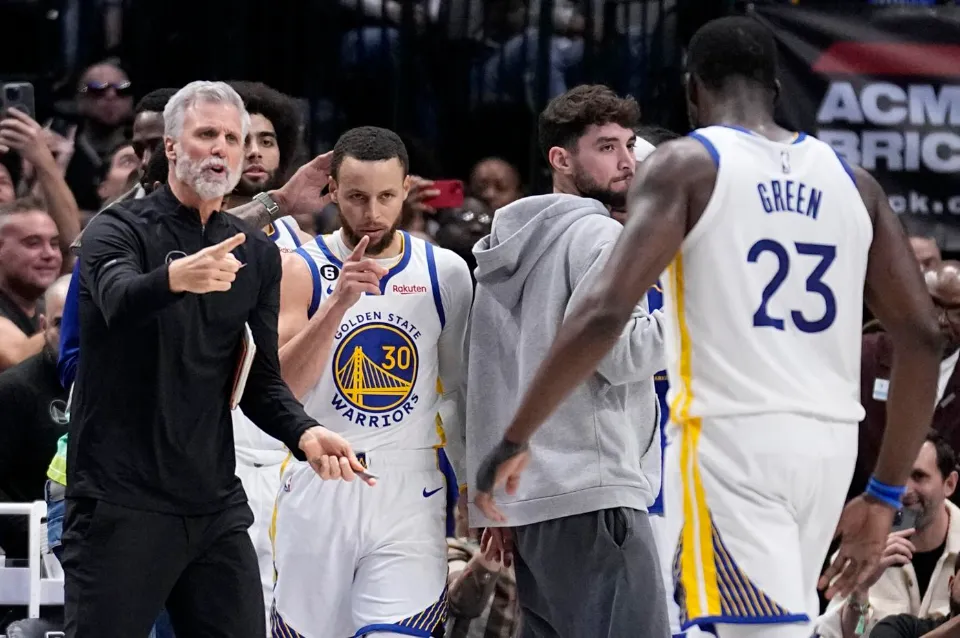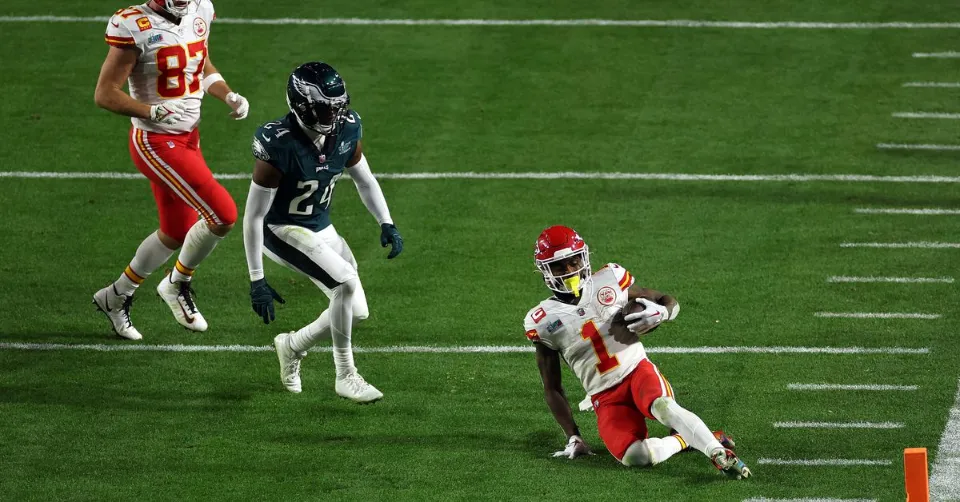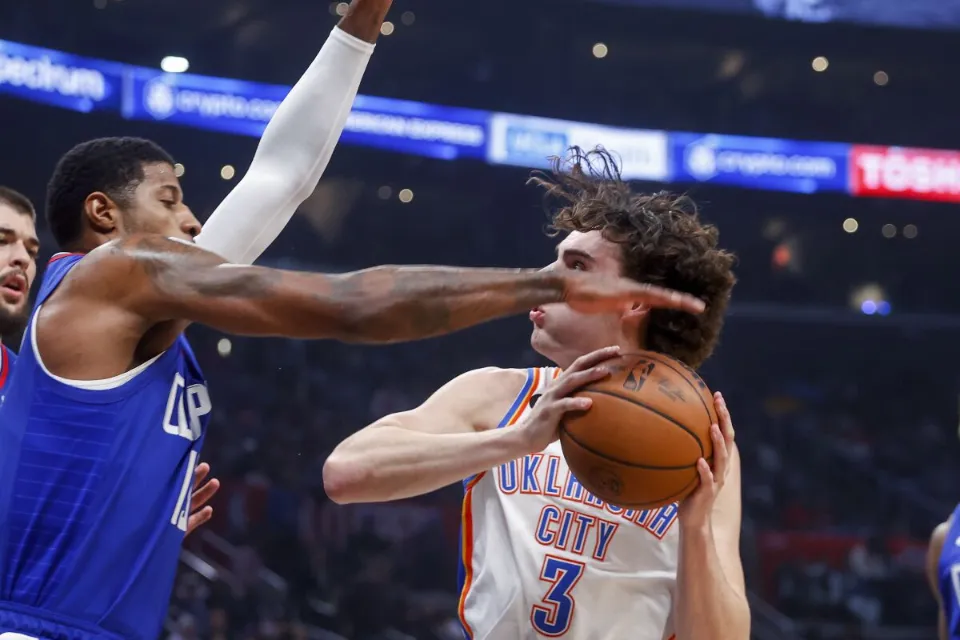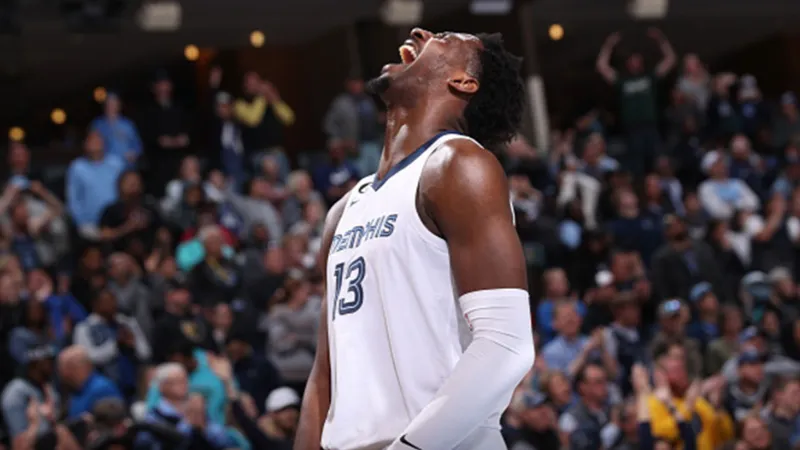How Long Does A Volleyball Game Last? An Ultimate Guide
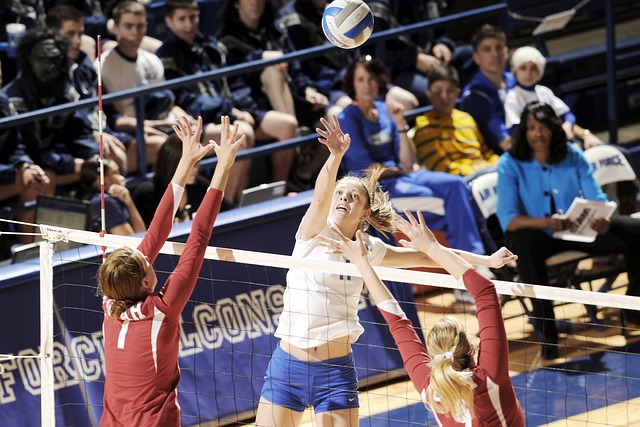
Time predictions for volleyball matches can be challenging. Unlike the strict time limits in football, basketball, or soccer, there are many variables involved in the scoring and winning conditions.
Still, there should be a definitive answer…
So, how long does a volleyball game last? Depending on how many sets are played, a volleyball match typically lasts 60 to 90 minutes. Best of three matches typically last an hour, while best of five games can last up to two hours. Beach volleyball games last an average of 45 minutes due to the different timing requirements.
Based on the assumption that each set would last 20–25 minutes, these figures are derived.
This is normal, but it can change dramatically in length during the same match. Always estimate highly when setting time goals for volleyball games, whether you’re going to book or watch. In spite of everything, volleyball players love to defy expectations.
Please continue reading so I can show you the post’s more in-depth information.
Table of Contents
How Long Does A Volleyball Game Last?
Three sets are played during the course of a volleyball match, which typically lasts between 60 and 90 minutes. Players are free to play for however long they want during each set as there is no time restriction. If there are tough, experienced players playing, expect longer sets.
A volleyball match is typically played in best-of-three sets. However, in some matches, leagues, or competitions, the victorious team must prevail in the best 3-of-5 sets. The time it takes for players to accumulate enough points to win the game will again determine how long the game lasts.
Best 2-of-3 vs. Best 3-of-5
A volleyball game can be played to either two different set rules:
- 2-of-3 sets
- 3-of-5 sets
As opposed to the 3-of-5 sets rule, which states that a volleyball team wins when it wins 3 out of 5 sets, the 2-of-3 sets rule states that a volleyball team wins the game when it wins 2 out of 3 sets.
To claim the title of winner, either team must claim victory in the majority of the sets. As a result, a team may win a few sets but still lose the match as a whole. If one team wins a sufficient number of sets, the remaining sets are discarded because that team has already won the match.
But, do you know what is a volleyball made of? How is volleyball produced?
Factors That Make A Volleyball Game Longer Or Shorter
A match in volleyball can be significantly lengthened or significantly shortened depending on a variety of factors.
Here are a few of the most typical ones to take into account.
Number Of Sets
The number of sets played is the key element in determining how long a volleyball match will last.
A team’s performance in a tournament or other match may change depending on how effectively they win sets. The fewer sets played, the less time both teams spend on the court.
In a best-of-three match, which is typically played at the middle school and high school levels, each team needs to win two of the three games to prevail.
The shortest match could be completed in around 40 minutes if each set lasts about 20 or 25 minutes. The length of the match would increase if there were a tiebreak set, and it would increase even more if there were a best of five set.
Even so, there’s more.
In volleyball, a set can only be won with a two-point advantage, and in a close back-and-forth, the points can go over the standard 25-point threshold. This lengthens the game while providing exciting athletic drama and intense competition.
Amazingly, a set in 1979 went 87-85 before ending. This was brought on by the outdated volleyball regulations, which restricted a team’s ability to score to its own serve, and eventually led to a revision of the entire system to prevent a repeat of the incident.
In a volleyball match, the total number of sets played can vary greatly, and the times of the individual sets can change drastically. It’s easier to overestimate how much time you’ll need because this makes event planning and booking difficult!
Timestops
The length of a volleyball match is next determined by timestops. As their name suggests, during these, either play is paused or time is stopped. This covers breaks, injury (emergency) timeouts, and substitutions.
Even though timestops are typically very short, they can add up.
A shrewd coach can take advantage of each team’s two timeouts and six substitutions to slow the game down, work with his team, and either extend their lead or mount a comeback. The set is extended by several minutes if this is done.
Technical timeouts are also used in professional games.
These are automatic timeouts that are called whenever a team scores its eighth or sixteenth point in a set, with the exception of the decisive tiebreaker set. They only last for 30 seconds, so they serve more as a chance for players to catch their breath than as a true pause in play.
However, emergency timeouts and breaks are completely different.
Depending on the circumstance, they may last anywhere from five minutes to five hours or longer. Here, there are several variables that could affect how long a match lasts, including injuries sustained on the court, building fires, and weather. While it is ideal that none of these things occur, they all have the potential to do so.
Beach Vs Indoor
We’ve previously discussed the number of sets and how indoor volleyball matches are either best of three or best of five. It’s always best of three in beach volleyball. Sets are also played to 21 rather than 25, with the final tiebreaker being played to 15 as usual.
Moving around in the sand while playing beach volleyball is exhausting enough, but best-of-five games with only teams of two are difficult and unpleasant. In order to make the beach sets more exciting, intense, and fun to watch, the sets are cut in half and are limited to three.
Technical Timeouts
Technical timeouts are required to be added to each set during official competitions like the FIVB, the World, and others. When a leading team reaches its eighth and sixteenth point, they happen automatically. 60 seconds are allotted for technical timeouts. It’s important to remember that only regular timeouts are available in the fifth and final set; technical timeouts are not available.
The fact that all games at higher levels are best 3-out-of-5 can be very taxing on players. Technical breaks give them more time to catch their breath and drink enough water. The FIVB further justifies the inclusion of these timeouts by pointing out that doing so will facilitate volleyball promotion, play analysis, and additional commercial opportunities.
Set Interval
The period between sets is known as a set interval. The referee will mandate that each team change sides of the court at the conclusion of a set. The bench and coach will also change positions.
At each level of competition, the time allotted to the set interval can change. Short breaks that last a total of three minutes are known as set intervals. In the 3-out-of-5 format used in competitive volleyball, there is an exception where it is typical for all set intervals to be 3 minutes long. The exception to the interval rule occurs between set numbers 2 and 3, where it lasts for 5 minutes instead. A match with five sets takes place over the course of a total of 14 minutes.
Tie-breaking Interval
When the leading team reaches 8 points in the third or fifth tiebreaker set, a special process is carried out. Both teams must switch courtside positions when this happens. Since there are no timeouts or breaks during this period, play will immediately resume as soon as players return to the court.
In-between Rallies
It’s important to remember that there is time in between rallies even though we are aware that a volleyball rally is described by the game’s action and that a set lasts approximately 25 minutes. Despite the fact that rallies can last between 4 and 8 seconds, it can start another rally on average after 15 seconds. The last point is cheered for during this period, the ball is passed to the officials, or players are getting ready for a service and the subsequent play.
Cheers
In volleyball, it’s customary for players to rejoice and applaud each other after a successful play results in a point. This celebration is typically kept brief to avoid interfering with play. For a few seconds on average, players will applaud.
Getting The Ball
The ball can frequently land anywhere in the gym after a point is scored. The next person in line to serve must receive the ball before the following rally can begin. The time it takes the official or player to get their hands on the ball can vary depending on the size of the area. In competitive settings, there often is one or more official “ball persons” who are in charge of getting the ball in the hands of the next server. They are also responsible for wiping the ball or balls to remove any moisture left on them from player sweat.
Service
The decision to signal the beginning of a rally and demand that the service be finished in volleyball is up to the referee. The player serving has up to 8 seconds to complete a service after the referee blows the whistle. The referee will cancel the service and give the point and the service to the opposing team if the 8 seconds pass before it is finished. The referees are responsible for counting and enforcing this rule during the 8-second count.
Substitutions
Teams are permitted to switch out players in between rallies. Although the number of substitutions allowed per set varies depending on the level of competition, they are all strictly regulated. Before they can move forward, the coach or player must ask the officials for a substitution. Before the players can switch places, the referees must note the substitution. Most of the time, substitutions are quick processes that only add a few seconds to the game’s duration.
Challenges
The challenges are a rule or procedure that frequently causes volleyball games to be delayed at the highest level of competition. Teams have the right to video challenges, where they can ask for the play to be reviewed whenever they believe there is a fault occurring but it was not flagged by the referees or at the conclusion of a rally when they can request a review of the referee’s decision regarding the final action in that rally. Teams have just 8 seconds after the play to request a challenge from the referee. The number of challenges available to the team can vary depending on the competition, but typically there are no more than 3. Typically, it takes up to 30 seconds to process a video challenge; following that, play will resume. To determine the correct call for the referee to make, officials will review the play from various camera angles and conduct an investigation.
High-level volleyball tournaments run by the FIVB, the European Volleyball Confederation, and other organizations must follow this procedure. A team that disagrees with a referee’s decision now has some recourse thanks to the addition of this rule. Because volleyball is such a fast-paced sport, it is always possible that officials will call plays incorrectly. In the end, volleyball challenges advance accuracy and fairness.
Warmup Session
Although it isn’t technically a part of volleyball’s gameplay, every level of volleyball has some sort of rules that allow teams to warm up before a match. Typically, during this warmup, the organizers will position the antennas, erect the net to the appropriate height, and make other preparations. Both teams will prepare for the game by stretching and getting ready during this time. For an equal amount of time, the net will be properly set up and each team will have complete access to the court to practice services and attacks. Although the length of the warm-up can vary, it usually lasts between 10 and 30 minutes before the game officially kicks off.
See more about What Is A Volleyball Made Of
A Volleyball Match Lasts For How Many Minutes?
It takes roughly 20 to 30 minutes to complete a volleyball set. Depending on how well each player does against the other, a game of three set plays typically lasts between 60 and 90 minutes. On the other hand, a match in which the best three of five sets are played could last up to 150 minutes (2 ½ hours).
Best 2-of-3 sets are typical for players who have not completed high school, while best 3-of-5 sets are typical for players who have completed high school or who are older. The length of the set is influenced by the number of points in it. For instance, a set of 25 points might take the players 20 to 30 minutes to complete, whereas a tie-breaker set of 15 points is frequently completed in much less time.
But volleyball matches typically only last 15 minutes or less. An instance of this from 2015 is a volleyball match between Algeria and Serbia. Serbia defeated their opponents in less than 10 minutes!
Volleyball games occasionally need to be cut down to less than 60 minutes. These kinds of games frequently occur in pool play during tournaments.
A Volleyball Game Has How Many Sets?
The length of a volleyball match can vary depending on the type of competition being played and the format used. In competitive volleyball, the 2-out-of-3, 3-out-of-5, and best-of-2 match formats are the three most frequent.
Match Formats and Their Length
2-out-of-3
A team must win two sets in order to win a 2-out-of-3. 25 points are scored in each of the opening two sets. In the event of a third set, the necessary number of points to triumph is increased to 15.
In tournaments and competitive settings with low and medium skill levels, the 2-out-of-3 match format is frequently used. At these levels, this format is more prevalent because it enables lengthy competitions and provides chances for each team to experiment with different tactics and adjust to the opposition.
A 2-out-of-3 typically lasts between 60 and 90 minutes, as I mentioned in my opening response.
3-out-of-5
A team must win three sets in order to win a 3-out-of-5. The first four sets are played to a total of 25 points. In the event of a fourth set, 15 points are needed to win.
The majority of elite competitions, including college and professional volleyball, follow this format. Furthermore, this format will be employed for the majority of tournament or season championship finals at the high-school level.
This format, like the 2-out-of-3, allows for a higher level of competition where each team can plan, pick up tips from the match, and adjust to their opponents. More importantly, this longer format necessitates patience and tenacity.
According to my calculation of 25 minutes per set, a 3-out-of-5 takes on average between 90 and 150 minutes.
Best Out Of 2
No matter who wins, only two sets are played in the best-of-two format. Either a single match or a 2-0 score can end a set. The results and points must be recorded and submitted using this format, which is another distinction. The scoring differential may be used to break a tie if the score is tied, 1-1. As an illustration, team A wins the opening set 25-21, while team B wins the second set 25-23. In this case, the event or competition organizer can see that team A won because they accrued more points (25 + 23 = 48) than team B (21 + 25 = 46).
This format is used in some tournament types where the organizers may have concerns about time or space. The organizers are able to schedule the tournament with more precise time slots and fewer delays now that they are aware that each game will be limited to two sets, with an average length of 25 minutes per set.
Again, using my estimate of 25 minutes per set, a best-of-two match would typically last between 50 and 60 minutes.
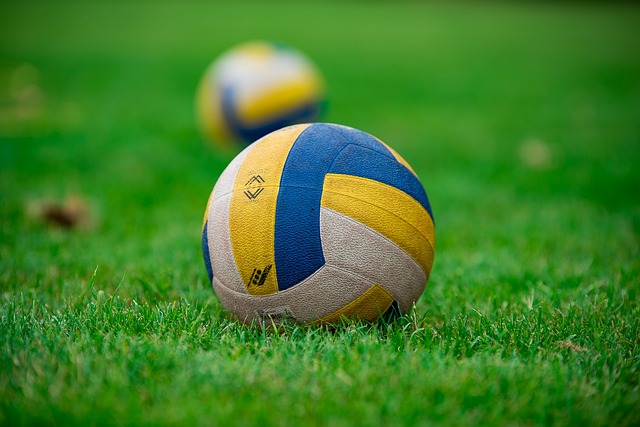
How Many Points Are Required To Win A Volleyball Match?
In an indoor volleyball match, teams must score 25 points to win each set. The players only need to score 15 points to win a tie-breaker set. In beach volleyball, teams must score 21 points in the first two sets and 15 points in the third set to win. The winning team must always prevail by a margin of two.
It’s not over yet!
The points for the best 3-of-5 sets are identical to those for the best 2-of-3 sets, with the exception that a team must win three sets rather than just two in order to win the match. The first four sets are played to a maximum of 25 points. However, only 15 points are scored in the fifth set.
According to the Rally Point System, a team can only win a set if it triumphs by a margin of two points. Therefore, the game will continue until one of the teams scores enough points to take a two-point lead. Especially when two strong teams are involved, competitive games can drag on for a very long time.
Grand Canyon University finally won the second set of their volleyball match against Brigham Young University on February 25, 2021, when they outscored BYU 45-43. The 88-point set has surpassed the 86-point record set in 2010 to become the longest set in NCAA history.
The scoring rules for beach volleyball are a little different. Beach volleyball players compete to 21 points rather than the standard 25 points. After scoring 7 points in each of the first two sets of beach volleyball, players switch ends. Players will alternate sides every five points in the third set.
What Is A Rally?
A rally is the actions that take place once the ball is deemed “in play” where both teams compete to earn the point. Each rally in a volleyball match begins when the team in possession of the ball serves the ball into play. Having possession of the ball and being required to serve is the team that triumphed in the previous rally. The rally begins when the ball enters play after being served to the opposing team by a player after the referee blows his whistle. The team has three contacts to return the ball over their opponent’s side of the court after it has crossed the net.
A rally may end in a variety of ways. A rally typically ends when the ball makes contact with the ground. Each team will try to direct the ball to their opponent’s side of the court in order to score a point by employing various techniques and strategies.
Faqs
A Volleyball Match In High School Lasts How Long?
An hour or so usually passes during a high school volleyball match. Though they can last up to an hour and a half, varsity games can go longer.
The main reason for the length differences is the distinction between JV and varsity teams.
Varsity teams typically play a best-of-five format, as opposed to JV teams (or freshman teams), who typically play a best-of-three format.
This prolongs play time in addition to their higher level of participation and rate of return.
How Much Time Does A College Volleyball Match Last?
An hour and a half is the typical length of a volleyball match at a college or university. While games can end as early as the hour mark, it’s also common for games of high skill to last close to two hours.
This level is distinctive because it has the greatest disparity in skill.
Others regularly compete at the national level and have skills comparable to those of professionals, while some players joining collegiate teams may have never played before.
This disparity in skill has as much to do with division level as it does individual ability, and it contributes to the most unpredictable match lengths of any level.
In addition to being unpredictable, this level is one of the most fun to play and watch.
Additionally, many of these student-athletes will play volleyball for the final time this season, giving their teams a motivation and fervor that are uncommon at other levels.
Get out there as often as you can to support your neighborhood college team while also enjoying some outstanding volleyball.
How Much Time Is Spent Playing Beach Volleyball?
A beach volleyball match typically lasts 45 minutes. This is because outdoor (best of three) requires fewer points to win, and there are fewer sets allowed.
Beach players can play up to five or even six games a day in some tournaments, though this number decreases at higher levels. Indoor teams typically play a maximum of two or three matches per day in a tournament.
Beach volleyball is a thrilling, fast-moving sport. Consider attending a nearby competition to participate in or watch for a fun afternoon and your recommended daily intake of vitamin D. In person, everything is better.
How Long Are Volleyball Competitions?
The two types of volleyball tournaments are progression types and endurance types.
Teams play 2-4 matches each over the course of two days in endurance events, which typically take place over a single weekend. These competitions typically last 10 or 12 hours per day, with shorter durations on the second day as teams are eliminated.
On the other hand, players compete in progression tournaments over the course of several weeks or even months. On a specific day, teams play one (or occasionally two) matches while traveling to their opponent’s location rather than the tournament venue. Teams meet at the venue for a single day that lasts, on average, eight hours when the tournament reaches the quarter- or semi-final stage.
While both types of tournaments are beneficial, progression style tournaments take a lot more time and planning in the long run. The pro and collegiate levels typically use them, whereas high school and club athletics run endurance competitions.
Key Takeaway:
- 4-5 single matches plus an 8-hour venue day make up a progression tournament.
- One weekend long (10–12 hours per day) endurance competition.
Conclusion
By combining all of these factors, it becomes clearer why a set of volleyball should last, on average, 25 minutes. This is because of all the procedures and rules involved. You can remind yourself that the number of points required to win a set is equal to the average length of a volleyball set in minutes to help you remember this.
Many thanks for reading.

